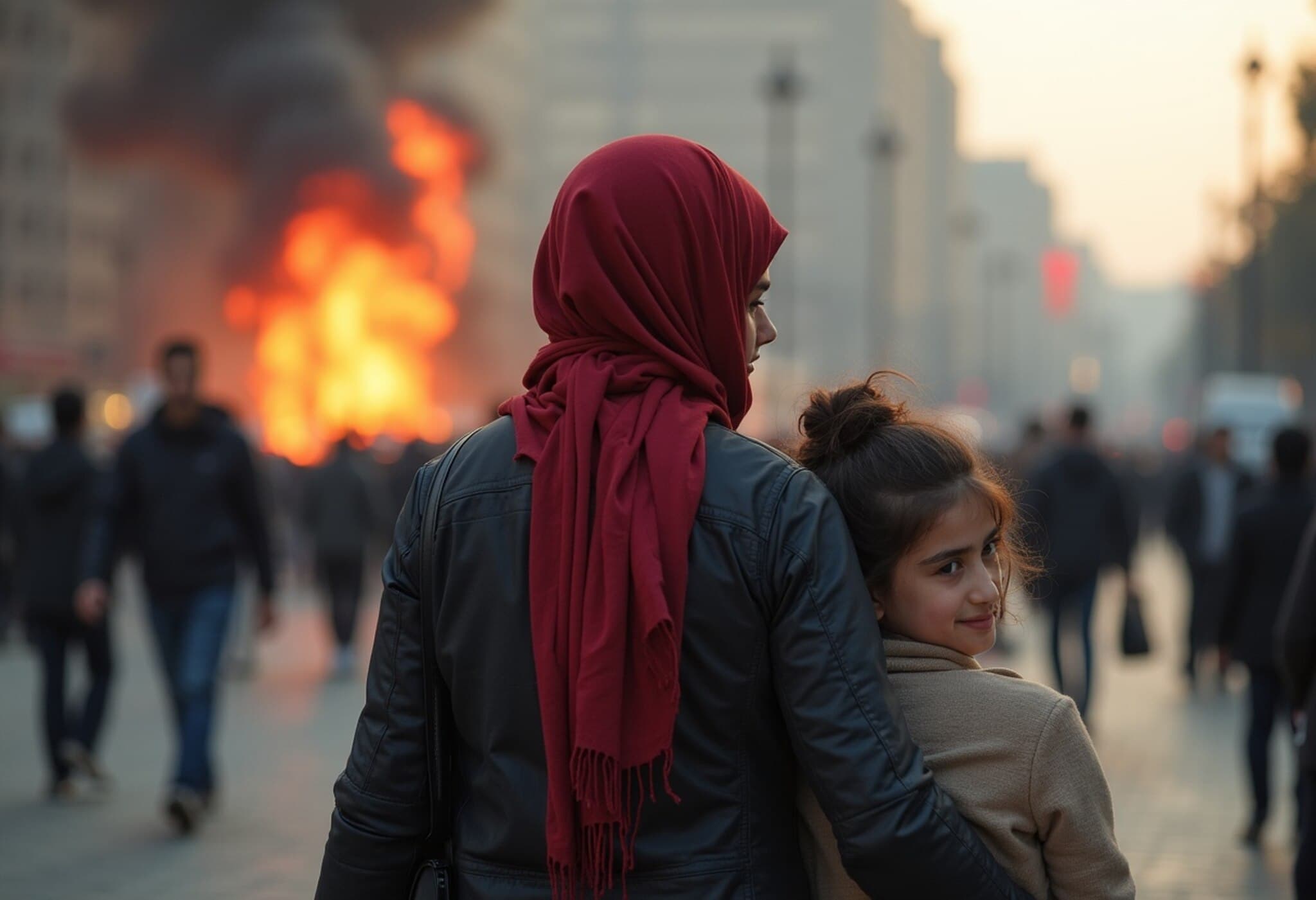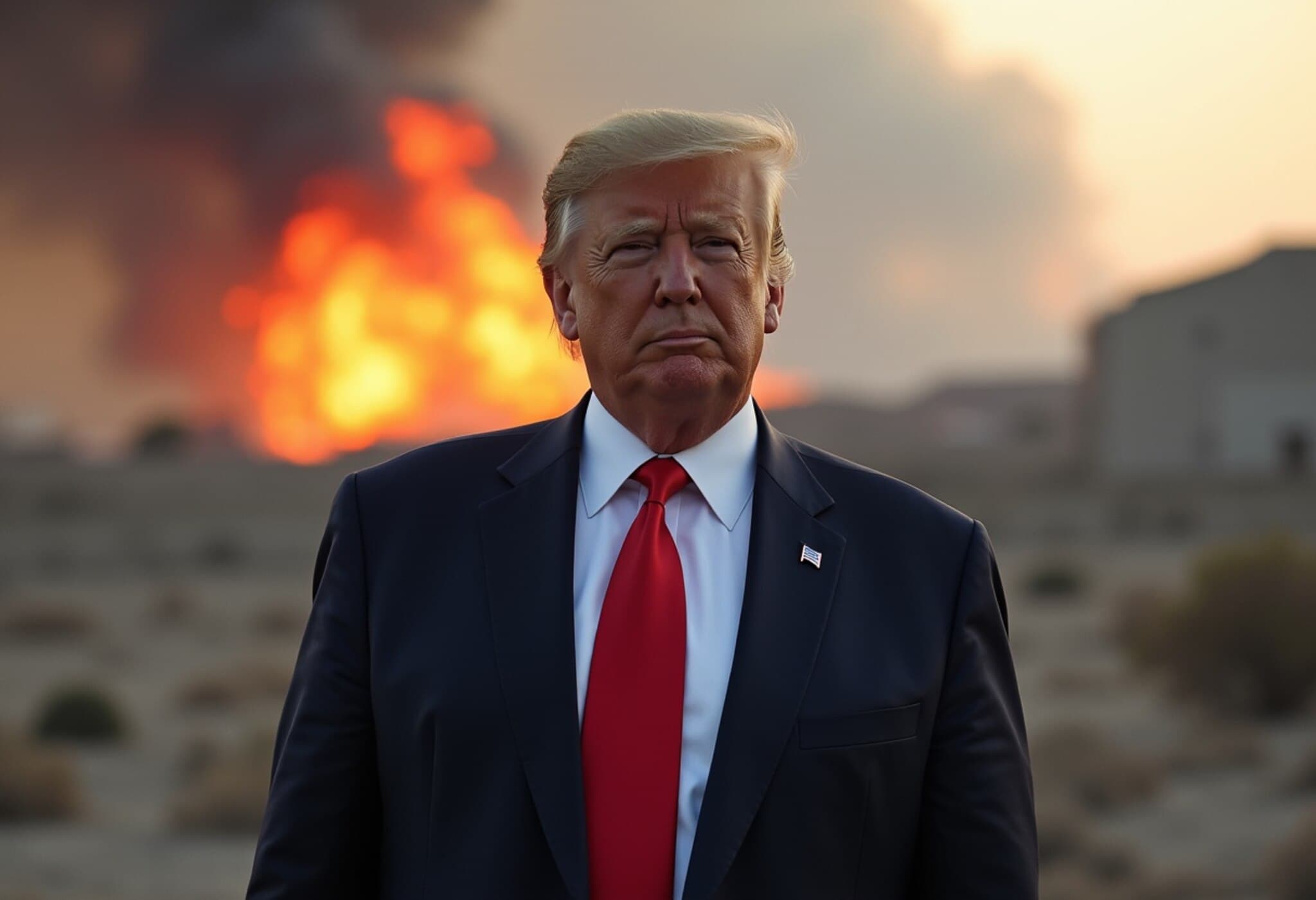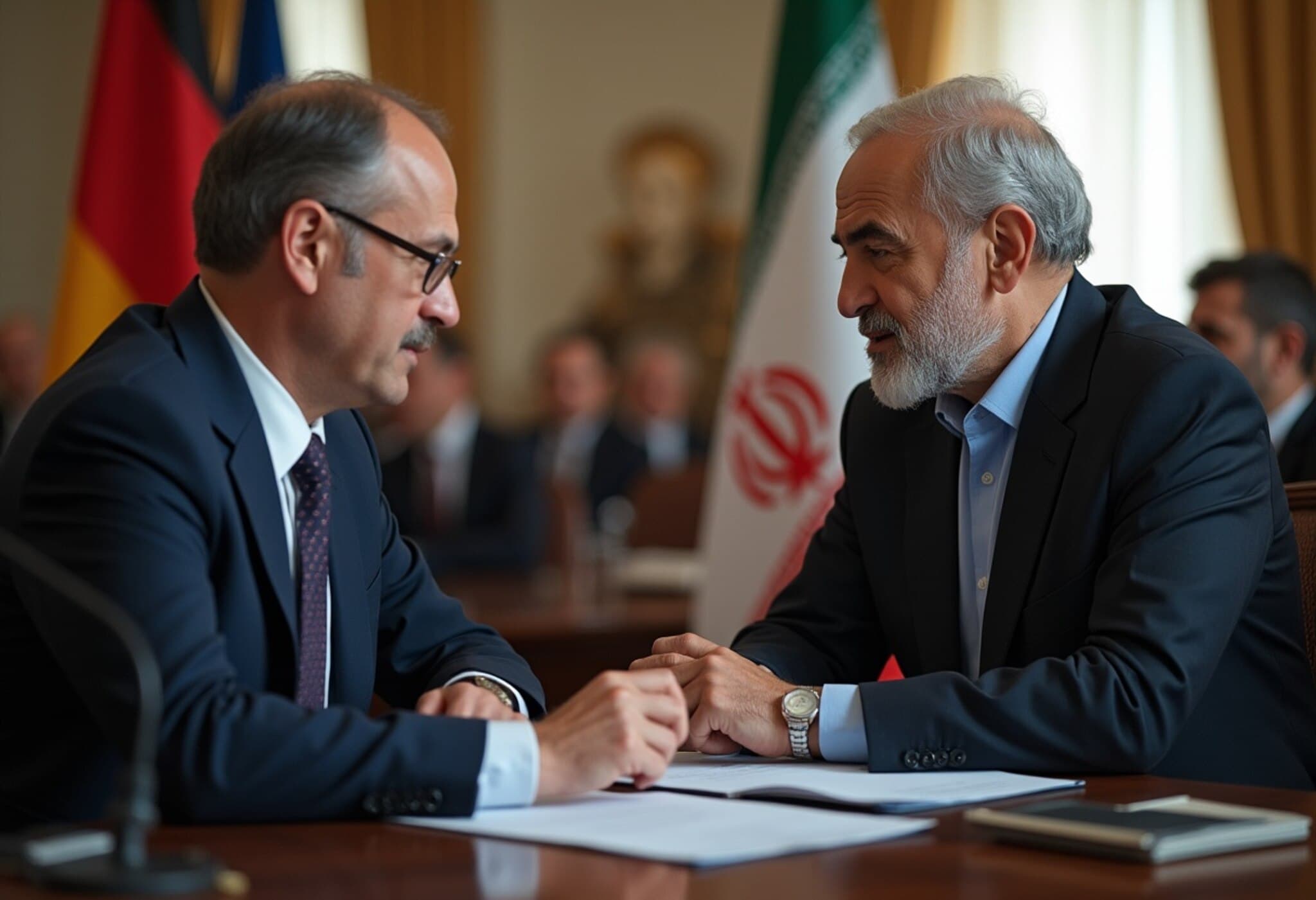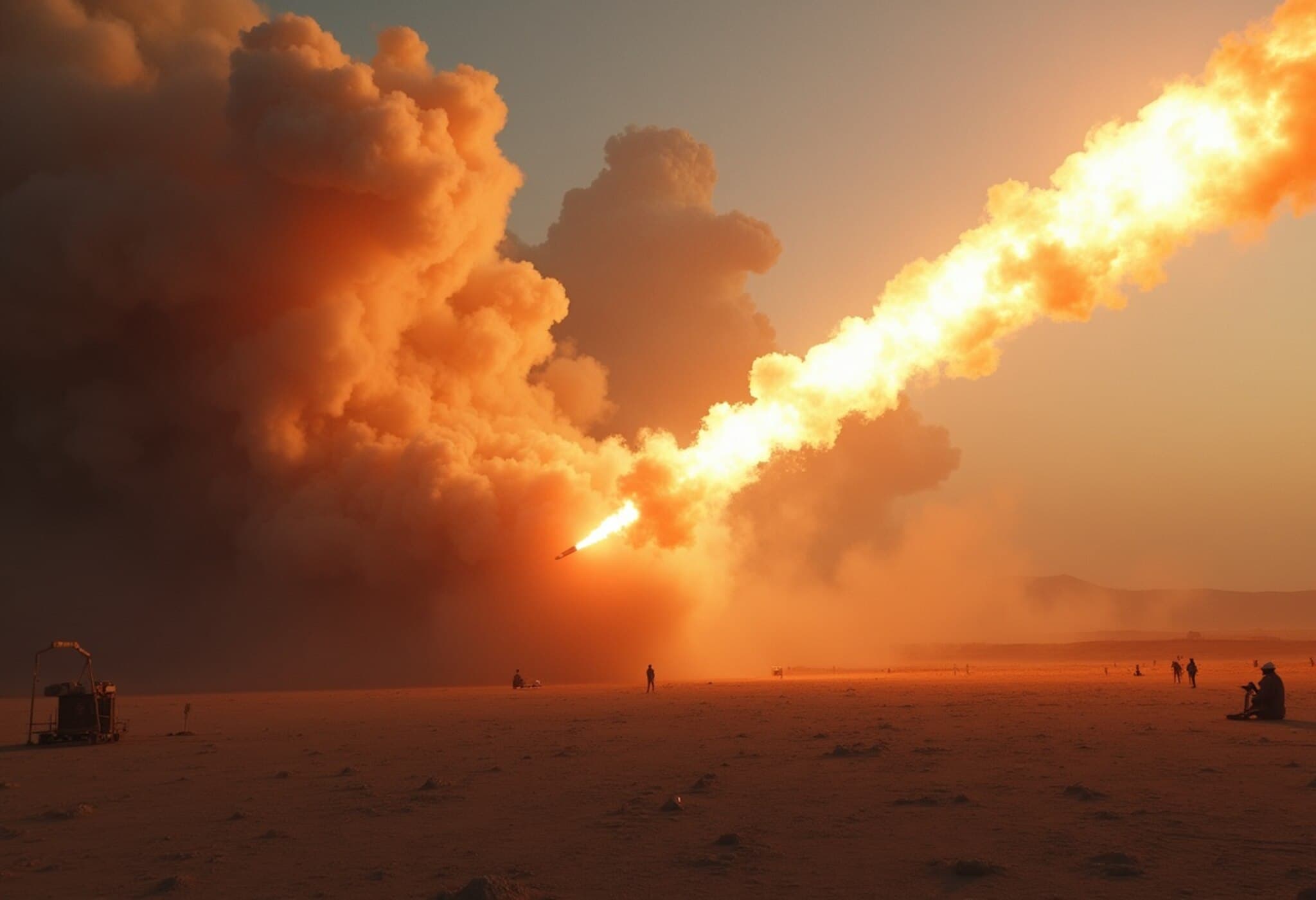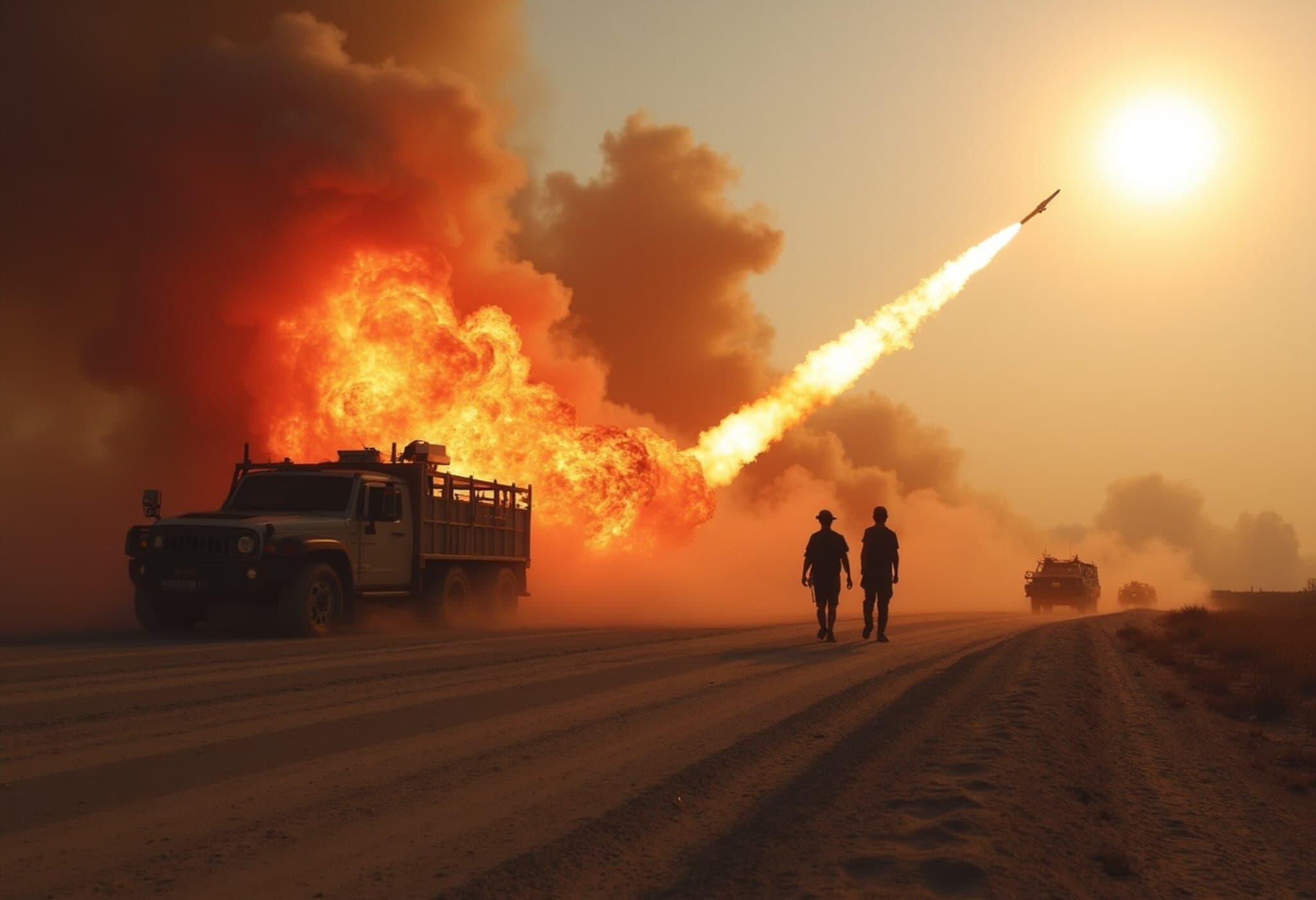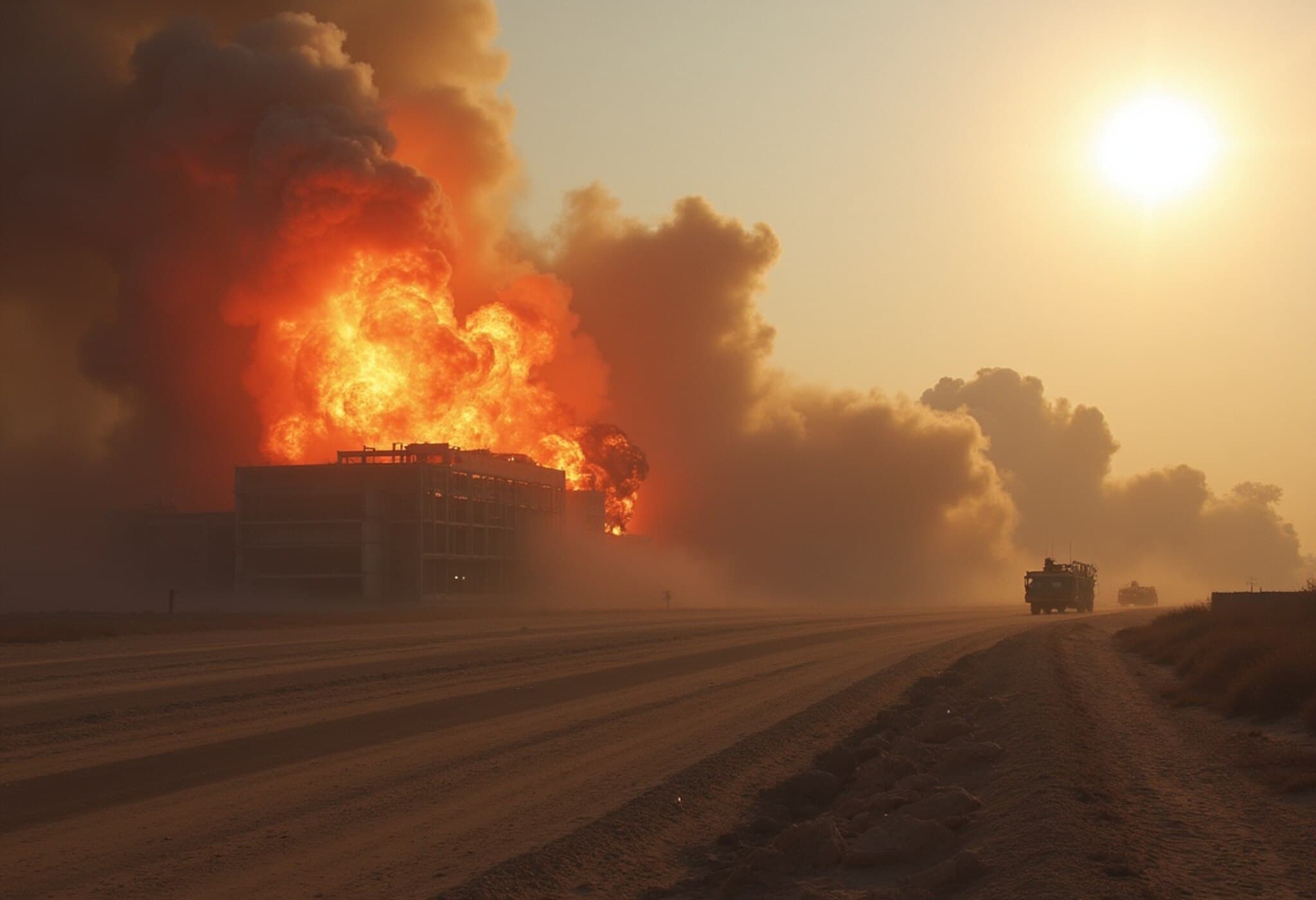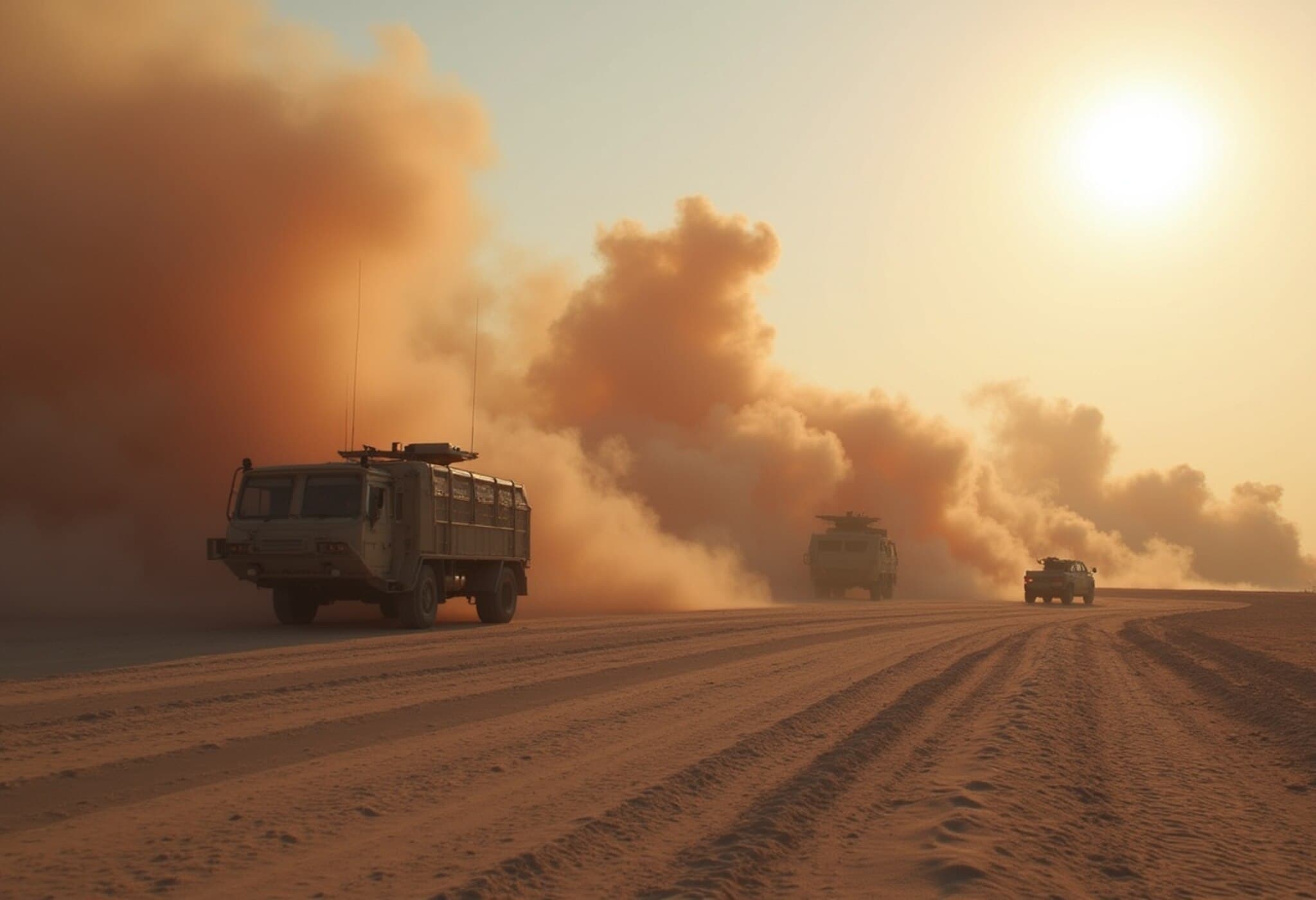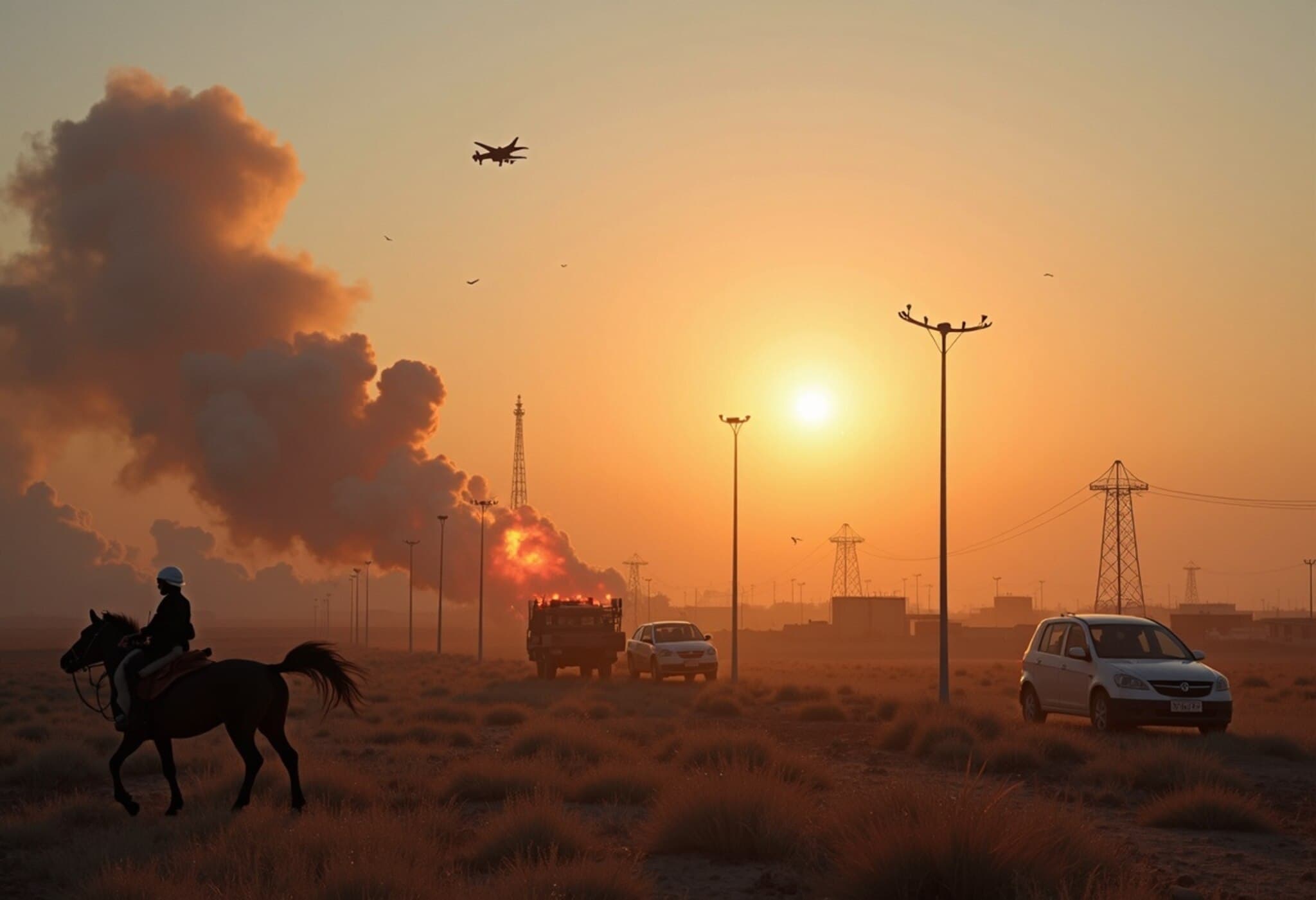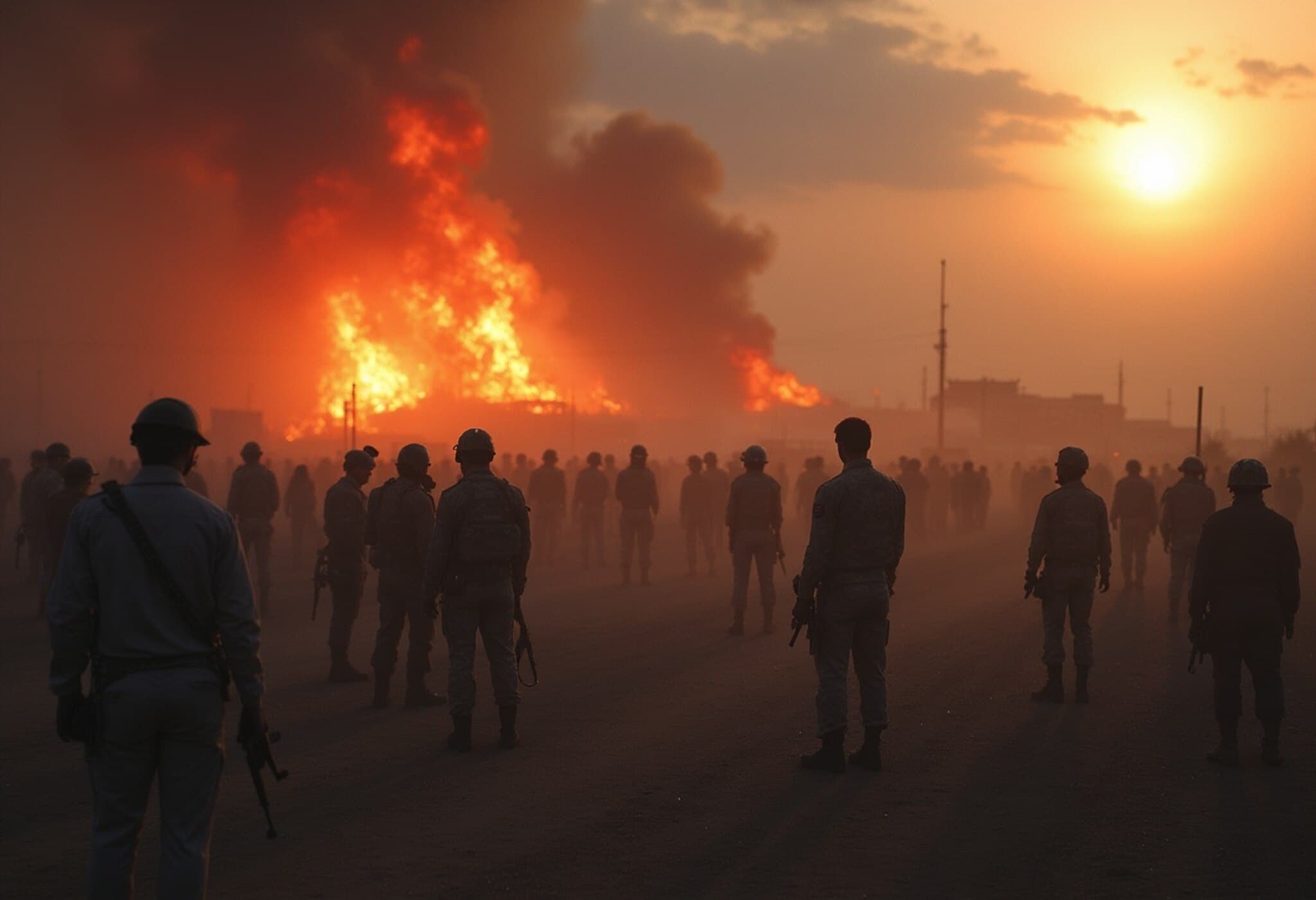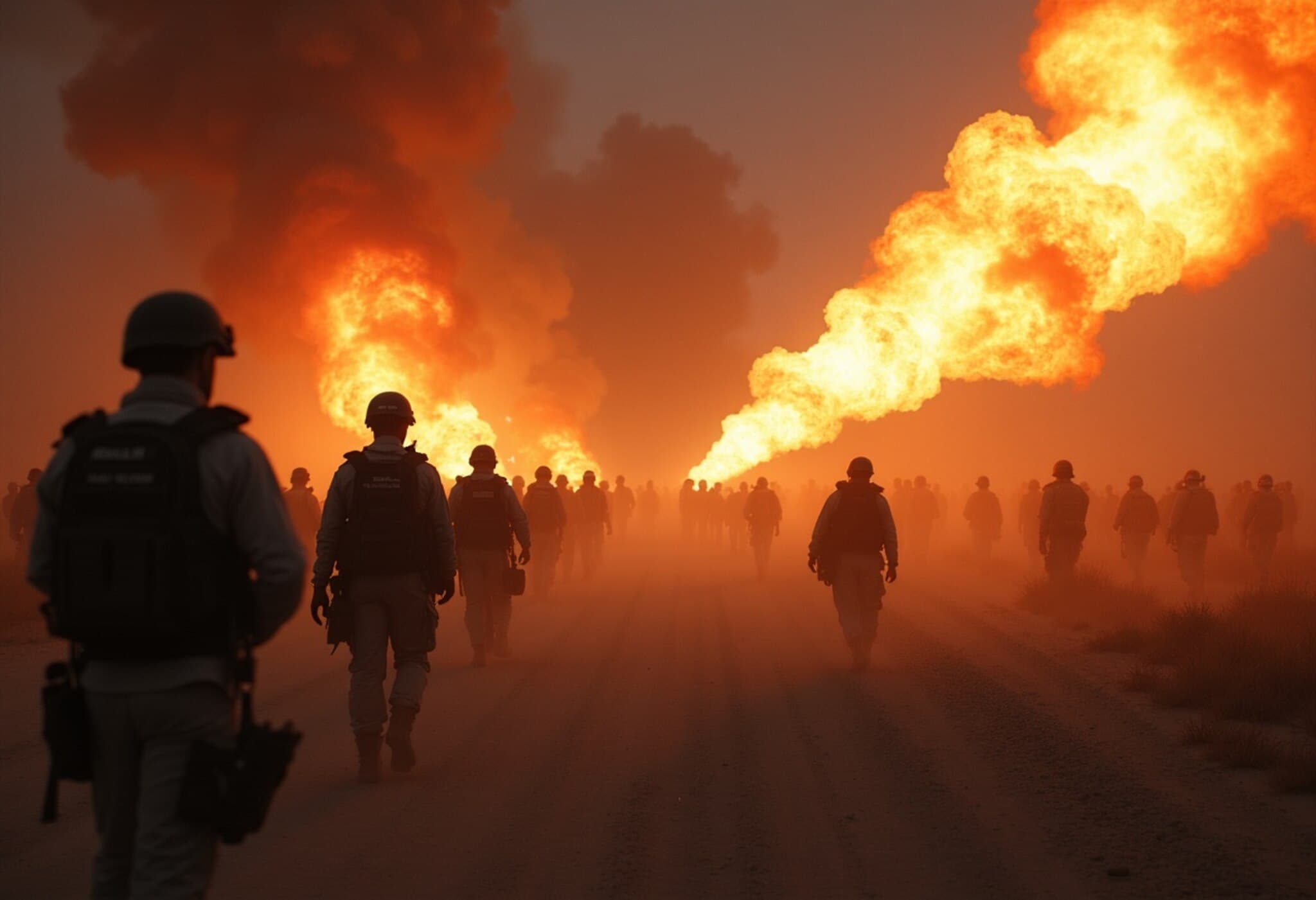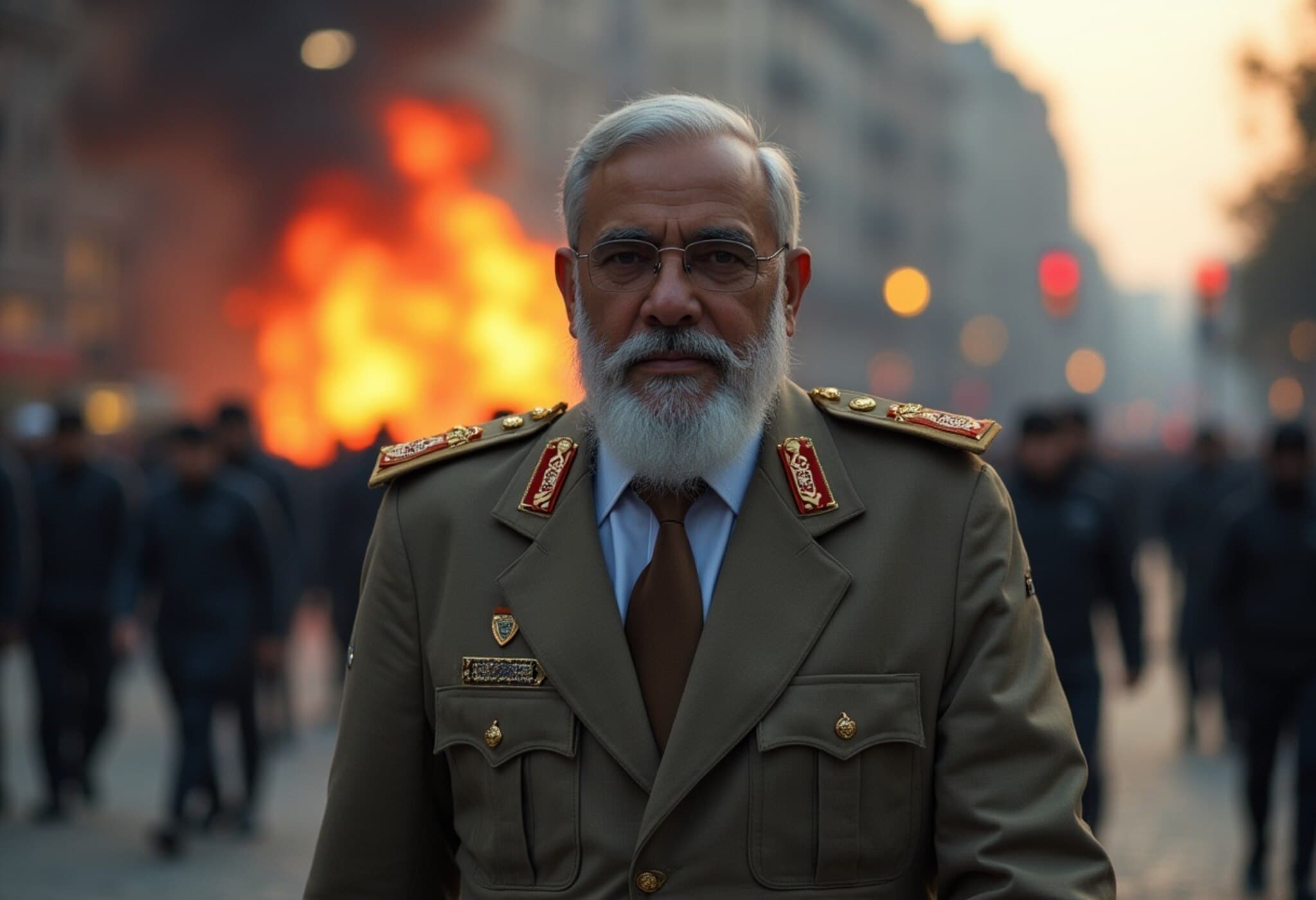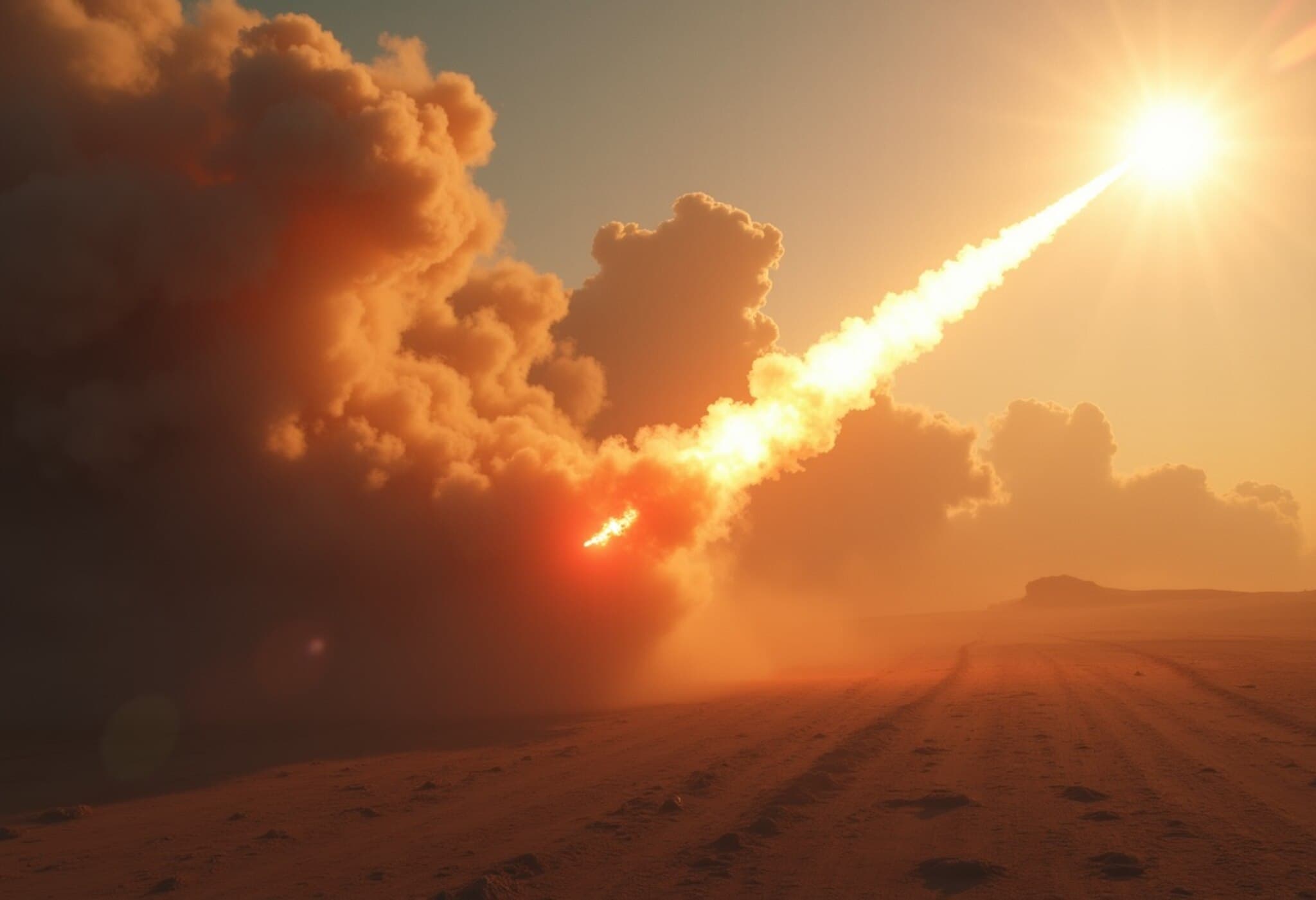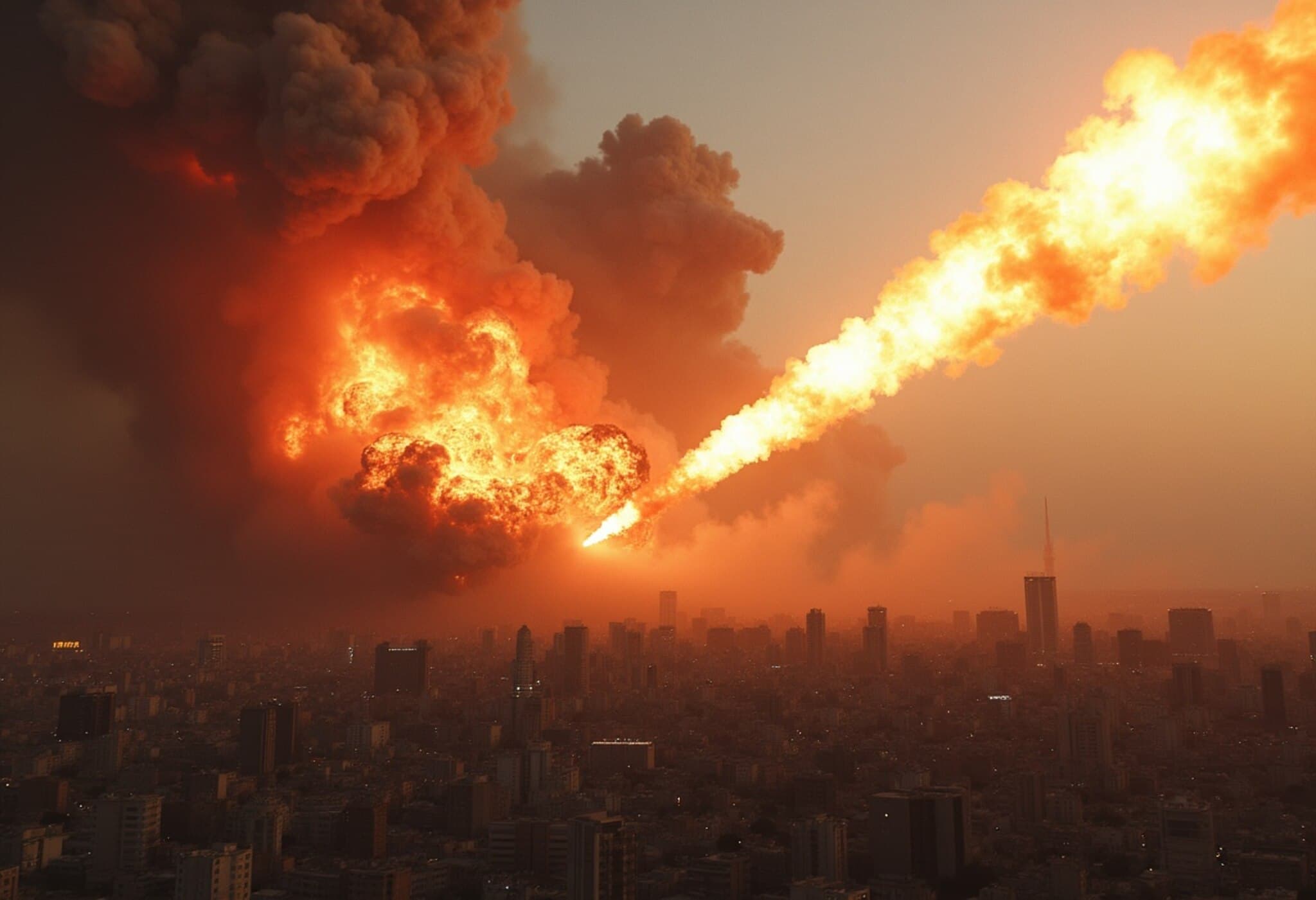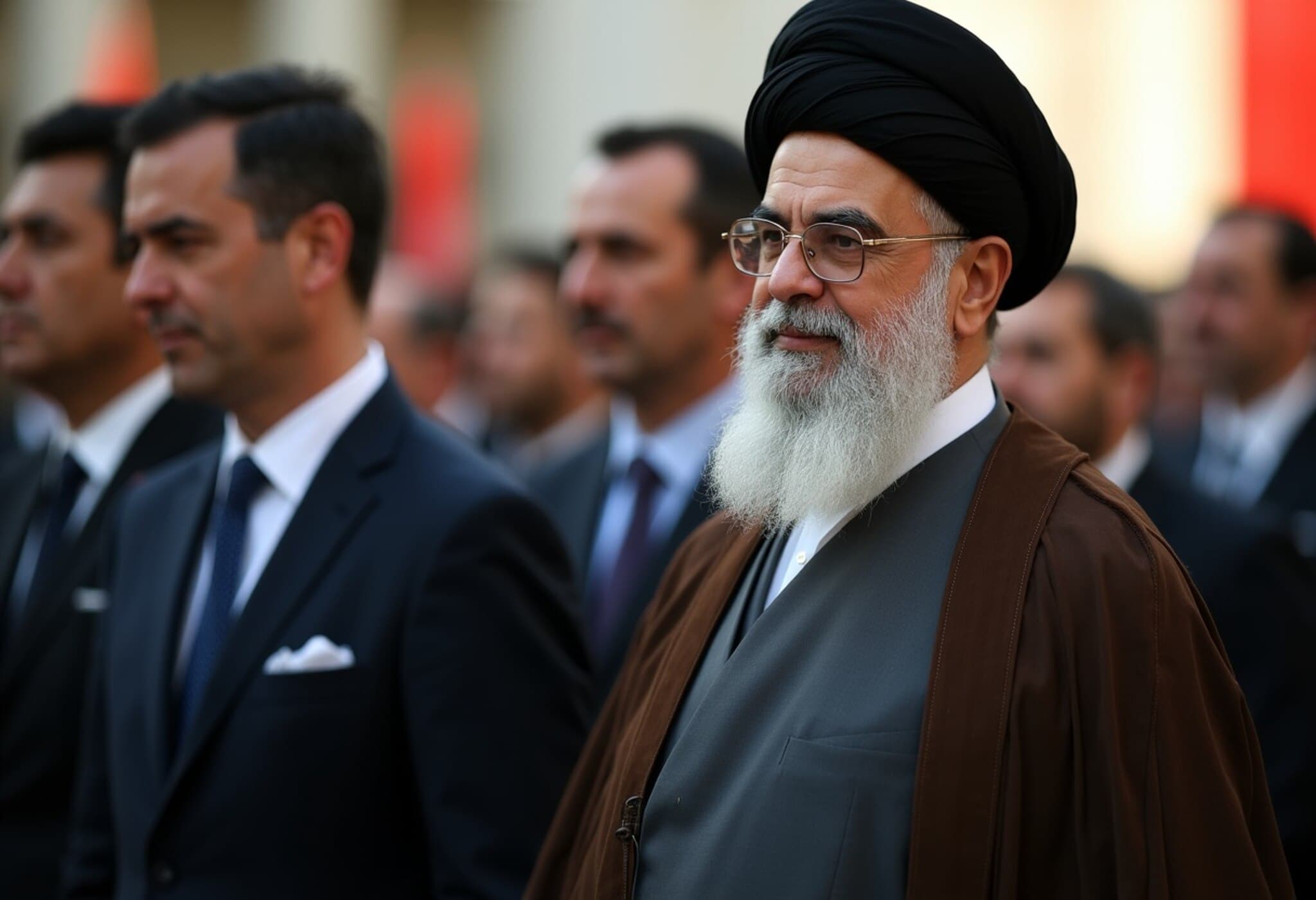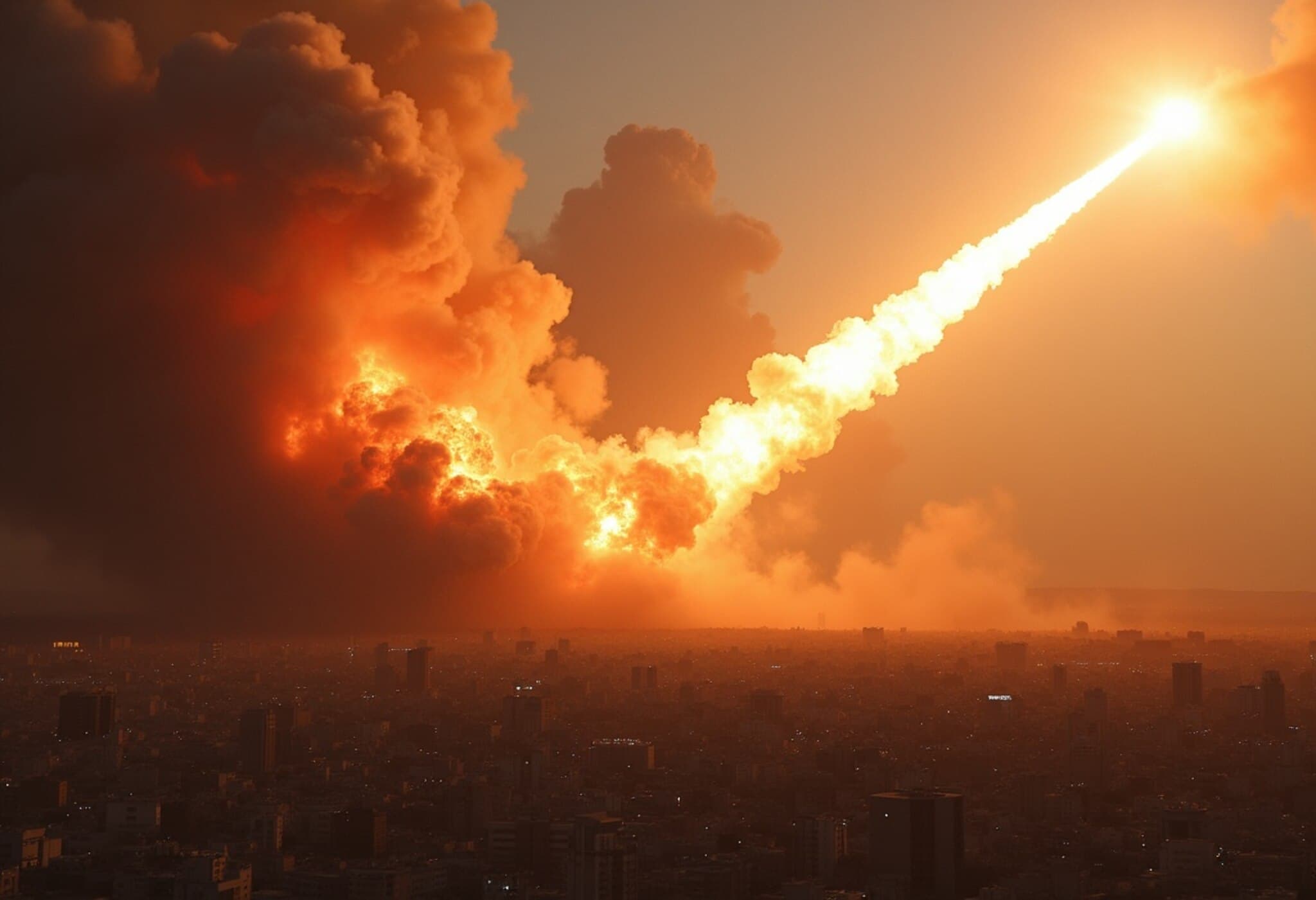Escalating Conflict Sparks Mass Exodus from Tehran
As attacks intensify amidst the ongoing conflict between Iran and Israel, the capital city Tehran has become a scene of widespread panic and distress. Many residents, caught in the turmoil, have been fleeing the city, seeking safety across the border in Turkey and beyond.
Personal Accounts of Disarray and Fear
At the Kapikoy crossing on the Turkish border, the tension is palpable. Among the refugees is 58-year-old Mehran Ataei, a Franco-Iranian living in Paris, who escaped Tehran after five harrowing days of bombardments. “The first two days were manageable; many believed it would end quickly. But then everything escalated and panic took over,” Ataei reflected.
Accompanying her was her daughter, Lida Pourmomen, 27, who shared vivid memories of the chaos. “That Tuesday night was the worst Tehran has ever seen. After my mother left, the sky seemed to tear apart — explosions, smoke, and the terrifying uncertainty if the deafening sounds were air defenses or incoming missiles,” she described.
Challenges Amid an Unfolding Crisis
The turmoil isn’t limited to the bombings. Many evacuees recount difficulties including severely restricted internet access, hacking of two major banks which prevented access to funds, and growing food shortages within Tehran.
Originally scheduled to fly back to Paris, the duo found their plans shattered when all flights were abruptly cancelled. Frustrated and anxious, they repeatedly tried contacting the French embassy, eventually receiving advice to remain in Tehran—a directive they chose to disregard due to escalating danger. Furthermore, an official evacuation notice was reportedly sent out only after internet services had become largely unreliable, leaving many unaware of the urgent call to leave.
Life on the Move: A Grueling Journey to Safety
Departing Tehran, their route involved a 25-hour bus ride to Istanbul before catching flights back home. Such long, exhausting journeys are shared by dozens at border crossings, with Turkish defense officials noting no significant surge in arrivals despite the worsening situation.
Voices from the Ground: Perspectives on War and Future
A 50-year-old Iranian pharmacist, who traveled to Tehran only to be trapped by the bombings while visiting her critically ill mother, painted a bleak picture. “In the beginning, it was just a few bombs, but it quickly deteriorated. People here are panicked; there’s no Internet, no access to their bank accounts, and food is scarce,” she recounted.
Many are moving northwards—hoping for slightly safer conditions—yet the unpredictability and brutal nature of this conflict make every area vulnerable. “We’ve experienced war before, but this is unprecedented in its ferocity and uncertainty,” she said.
Despite the widespread hope that Iranians themselves could incite change, pessimism prevails. “The regime’s harshness stifles any real resistance. Fear dominates,” she admitted.
Geopolitical Realities and the Road Ahead
Meanwhile, skepticism lingers over international involvement. Although inflammatory rhetoric has been exchanged, doubts remain about tangible intervention. The pharmacist pointedly remarked on conflicting messages from foreign leaders, suggesting that the conflict may be prolonged by political posturing.
Another refugee, Ismail Rabie, a retired 69-year-old en route to London, summed up many’s views: “Change won’t happen unless the West truly desires it. The fate of Iran’s future is largely in their hands.”
Struggles Continue as Tehran Grapples with War
These firsthand accounts highlight the human cost of the escalating conflict — families torn from their homes, essential services crippled, and a deepening fear that lingers with every bomb that falls.
As the situation unfolds, the resilience and courage of ordinary Iranians caught in the crossfire remain at the forefront, painting a sobering portrait of life in war-torn Tehran.

